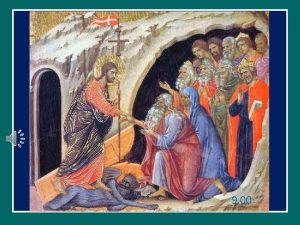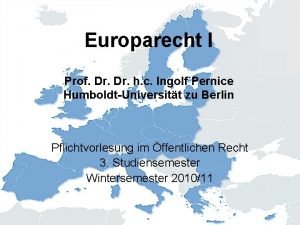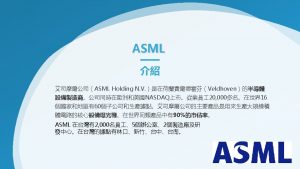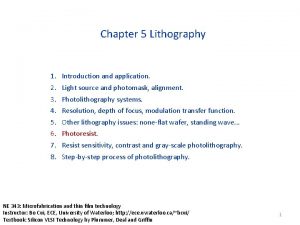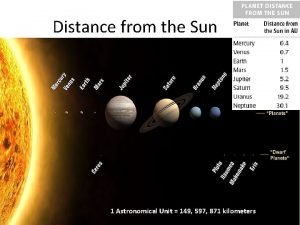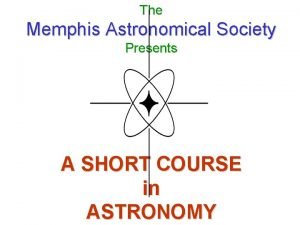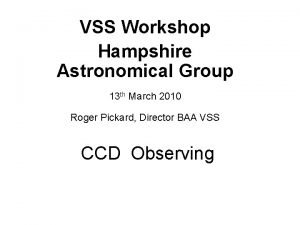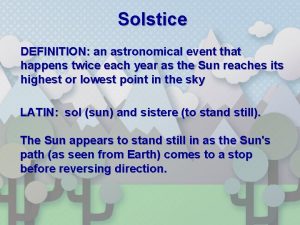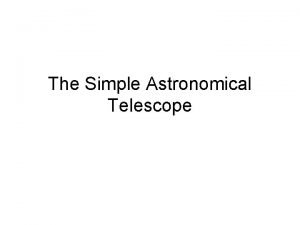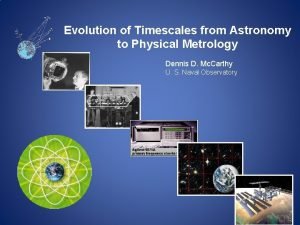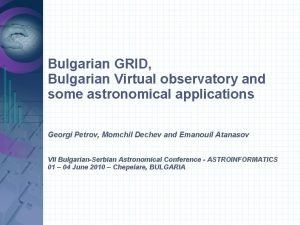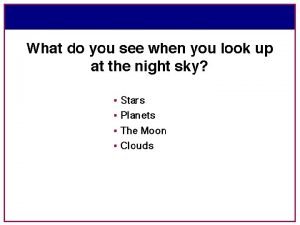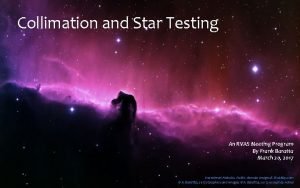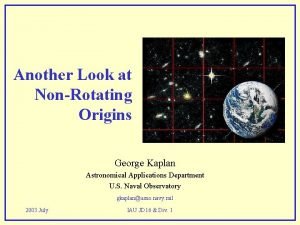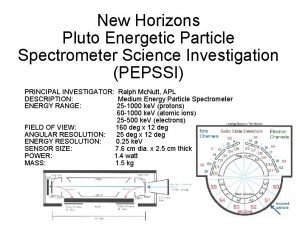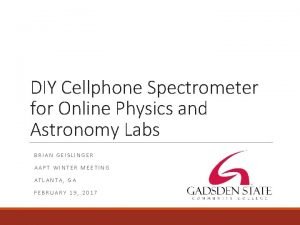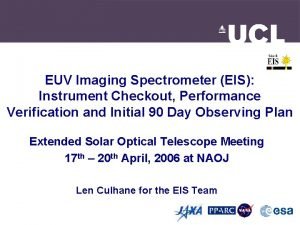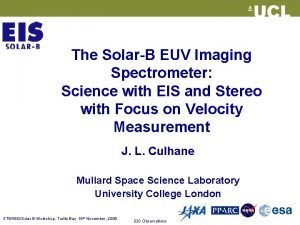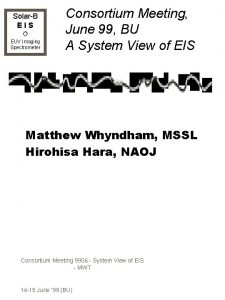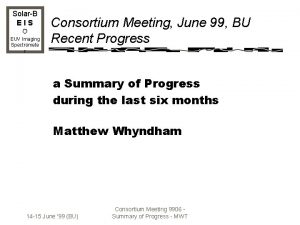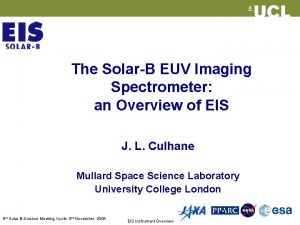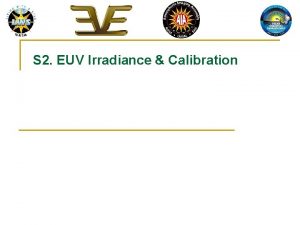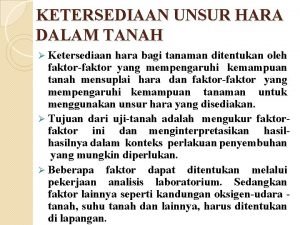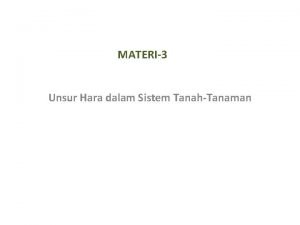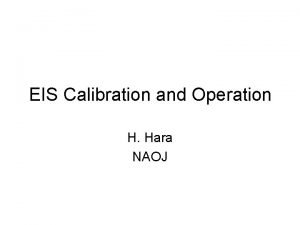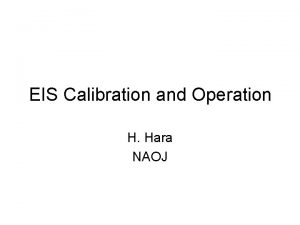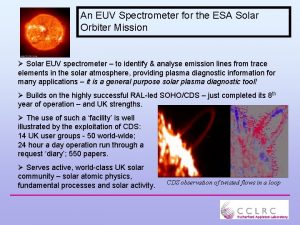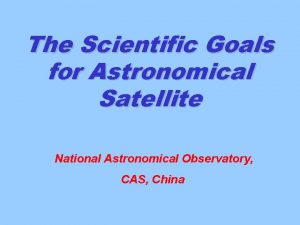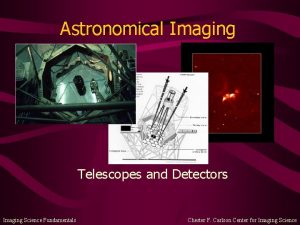EUV Imaging Spectrometer EIS H Hara National Astronomical



















![JPEG compression error DN X: signal – offset [DN] ; offset~ 500 Y: decomp( JPEG compression error DN X: signal – offset [DN] ; offset~ 500 Y: decomp(](https://slidetodoc.com/presentation_image_h2/abff88cc3f73449fe718cbc638d5ecb6/image-20.jpg)

- Slides: 21

EUV Imaging Spectrometer (EIS) H. Hara National Astronomical Observatory of Japan

EIS Science Yohkoh, SOHO, and TRACE: reveal dynamic solar corona (flare, plasmoid, jet, coronal expansion …) → Necessity of higher-cadence coronal velocity-field measurements Coronal heating Energy injection to corona Energy dissipation in corona Observation with EUV imaging spectrometer (EIS) in emission-line spectroscopy and high-cadence imaging with XRT Photosphere-corona connections Photospheric motions Observation with SOT Flare/CME physics Reconnection physics, Site of large non-thermal line broadening, …

International Collaboration UK MSSL BU RAL EIS Development team Norway Univ. Oslo Japan US NAOJ NASA GSFC JAXA NRL The development started in 1999. The EIS was delivered to JAXA in summer 2003.

EIS Optical Layout Primary mirror (offset parabola) L S 1939 mm Slit exchanger Shutter Entrance filter CCD Primary Mirror S Filter L 1440 m Entrance Filter m 100 0 mm Concave grating CCD Camera Front Baffle Grating

Performance • Large Effective Area in EUV band: short- band long- band 170 -210 A & 250 -290 A Mo/Si multi-layer coated Mirror and Grating High QE CCD: Two 2048× 1024 back illuminated CCD • Spatial resolution: 2 arcsec resolution over raster-scan area (1 arcsec pixel sampling) • Line spectroscopy of 20 -30 km/s pixel sampling • Instrumental width in emission lines for 1 arcsec slit observation: short- band: 47 m. A, long- band: 58 m. A • Raster-scan area (EW×NS): 590× 512 arcsec 2 max. FOV center can move in East-West direction by 890 arcsec. • Wide temperature coverage: log T = 4. 7, 5. 4, 6. 0 -7. 3 • Simultaneous observation of multiple lines up to 25

EIS Effective Area

EIS Sensitivity Detected photons per 1 1 area of the sun per 1 sec exposure. Ion Wavelength (A) log. T 184. 54 Fe XII Fe XXI Nphotons Ion AR: active region Wavelength (A) log. T AR M 2 -Flare 6. 00 15 36 Fe XVI 251. 07 186. 85 / 186. 88 6. 11 13/21 105/130 Fe XXII 187. 89 7. 00 - 346 188. 23 / 188. 30 6. 11 41 / 15 Fe XXIV 192. 04 7. 30 Fe XII 192. 39 Ca XVII Nphotons AR M 2 -Flare 6. 40 - 108 253. 16 7. 11 - 71 Fe XVII 254. 87 6. 60 - 109 110/47 Fe XXVI 255. 10 7. 30 - 3. 3 103 - 4. 0 104 He II 256. 32 4. 70 16 3. 6 103 6. 11 46 120 Si X 258. 37 6. 11 14 62 192. 82 6. 70 31 1. 8 103 Fe XVI 262. 98 6. 40 15 437 Fe XII 193. 52 6. 11 135 305 Fe XXIII 263. 76 7. 20 - 1. 2 103 Fe XII 195. 12 / 195. 13 6. 11 241/16 538/133 Fe XIV 264. 78 6. 30 20 217 Fe XIII 200. 02 6. 20 20 113 Fe XIV 270. 51 6. 30 17 104 Fe XIII 202. 04 6. 20 35 82 Fe XIV 274. 20 6. 30 14 76 Fe XIII 203. 80 / 203. 83 6. 20 7/20 38/114 Fe XV 284. 16 6. 35 111 1. 5 103 Fe XI

Observables Information from a single emission line • Line intensity • Line shift by Doppler motion • Line width: temperature, non-thermal motion Information from selected two line ratio • Temperature • Density w

EIS Slit/Slot • Four slit selections available • Direction of slit length: north-south direction • EUV line spectroscopy - 1 arcsec L arcsec slit for the best quality of image/spectrum quality - 2 arcsec L arcsec slit for a higher throughput • EUV Imaging (Velocity information is convolved. ) - 40 arcsec L arcsec slot for imaging with little overlap -266 arcsec L arcsec slot for hunting transient events L > 1024 arcsec (=CCD height)

EIS Field-of-View (FOV) N E W S

EIS Science Targets Bright Point Limb/beyond the limb Active regions/Flares Quiet Sun/ Network brightening Coronal Hole Boundary S/C re-pointing required Coronal Hole Polar Plume

EIS Observations Examples of 240" Raster Scan 1" slit raster Discontinuous raster 240 " 2" slit raster Wider instrumental width 40" slit raster 266" slit raster (no mirror motion) EUV imaging of less contamination by other lines Contribution of other emission lines

Expected Accuracy of Velocity AR-line FL-line (GOES-M 2) Doppler Velocity Fe XII 195 Fe XV 284 Fe XXIV 255 Line Width Number of detected photons (1" 1" area)-1

EIS Image Data CCD 1 CCD 0 height CCD readout height Software window (SW) EIS data size to MDP = total sum of software windows = (window width)i * (window height)i Assemble all SWs Raw data MDP Compression DPCM JPEG EIS data of CCSDS format Compression ratio = compressed data size/ input data size to MDP Data rate ~ [EIS data size to MDP] * [Compression Ratio] / Cadence

EIS Data Flow CCD Readout Electronics Large hardware CCD window Small spectral window (25 max) EIS ICU 2 Mbps max 1. 3 Mbps control Observation table 1 slit obs. 40 slot obs. 250 slot obs. Spec. width 16 40 250 Spatial width 256 512 256 No. of lines 8 4 4 Compression* 25% 20% Cadence 3 sec 6 sec 20 sec Rate 42. 7 kbps 40 kbps * for 16 bit/pixel data 13 min cadence for 4 4 rastering Data compression DPCM(loss less) or 12 bit-JPEG S/C MDP 260 kbps max for short duration, 45 kbps average Average rate depends on number of downlink stations. Telemetry data format

EIS Science Operation -Team core science -Initial science targets -Proposal from users Outcome EIS Planning EGSE Observation Planning Science Feedback Preparation for EIS SO Feedback Line selection Exp. duration Compression FOV size etc. Analysis Data rate Compression Instrument CAL Data check Users - Obs. table - S/C CMDs ISACS-PLN Plan approved for EIS operation Check of Obs. Table using PM Data for analysis Level 0 data Data Level 1 data Level 2 data Reformat EGSE Data centers Merging EIS SO in S/C operation JAXA data storage Final S/C plan Uplink station Spacecraft Telemetry Observation in orbit Downlink stations

Summary • EIS is an excellent instrument to investigate the dynamical solar upper atmospheres. • Scientific output will strongly depend on the EIS observation planning in which ideas of scientists are deeply contained.

END

MDP JPEG Compression AR spectrum for 5 sec integration Fe XII 256 pixels Fe XII Fe XXIV Ca XVII 224 pixels Fe XV Fe XIII Fe XVI Fe XIV He II Fe XIV
![JPEG compression error DN X signal offset DN offset 500 Y decomp JPEG compression error DN X: signal – offset [DN] ; offset~ 500 Y: decomp(](https://slidetodoc.com/presentation_image_h2/abff88cc3f73449fe718cbc638d5ecb6/image-20.jpg)
JPEG compression error DN X: signal – offset [DN] ; offset~ 500 Y: decomp( Original ) ) – Original [DN] 17 nm DN 29 nm

Compression Error for Q=85 Compression ratio = 0. 19 v I original Diff/ I Diff/ v = = FWHM original Diff/ FWHM =
 Eis o tempo de conversão eis o dia da salvação
Eis o tempo de conversão eis o dia da salvação Requiem aeternam dona eis domine
Requiem aeternam dona eis domine Frc driver station mac
Frc driver station mac Artikel 50 euv karte
Artikel 50 euv karte System install engineer asml
System install engineer asml Aspera technology
Aspera technology E beam lithography ppt
E beam lithography ppt Astronomical clock lyon france
Astronomical clock lyon france When it winter
When it winter Julie ramer
Julie ramer Memphis astronomical society
Memphis astronomical society Hampshire astronomical group
Hampshire astronomical group Solstice definition
Solstice definition Guildford astronomical society
Guildford astronomical society Angular magnification telescope
Angular magnification telescope Astronomical time scale
Astronomical time scale Astronomical
Astronomical Sc002 constellation chart
Sc002 constellation chart Star collimation
Star collimation Astronomical applications department
Astronomical applications department Spectrometer
Spectrometer Cell phone spectrometer
Cell phone spectrometer

